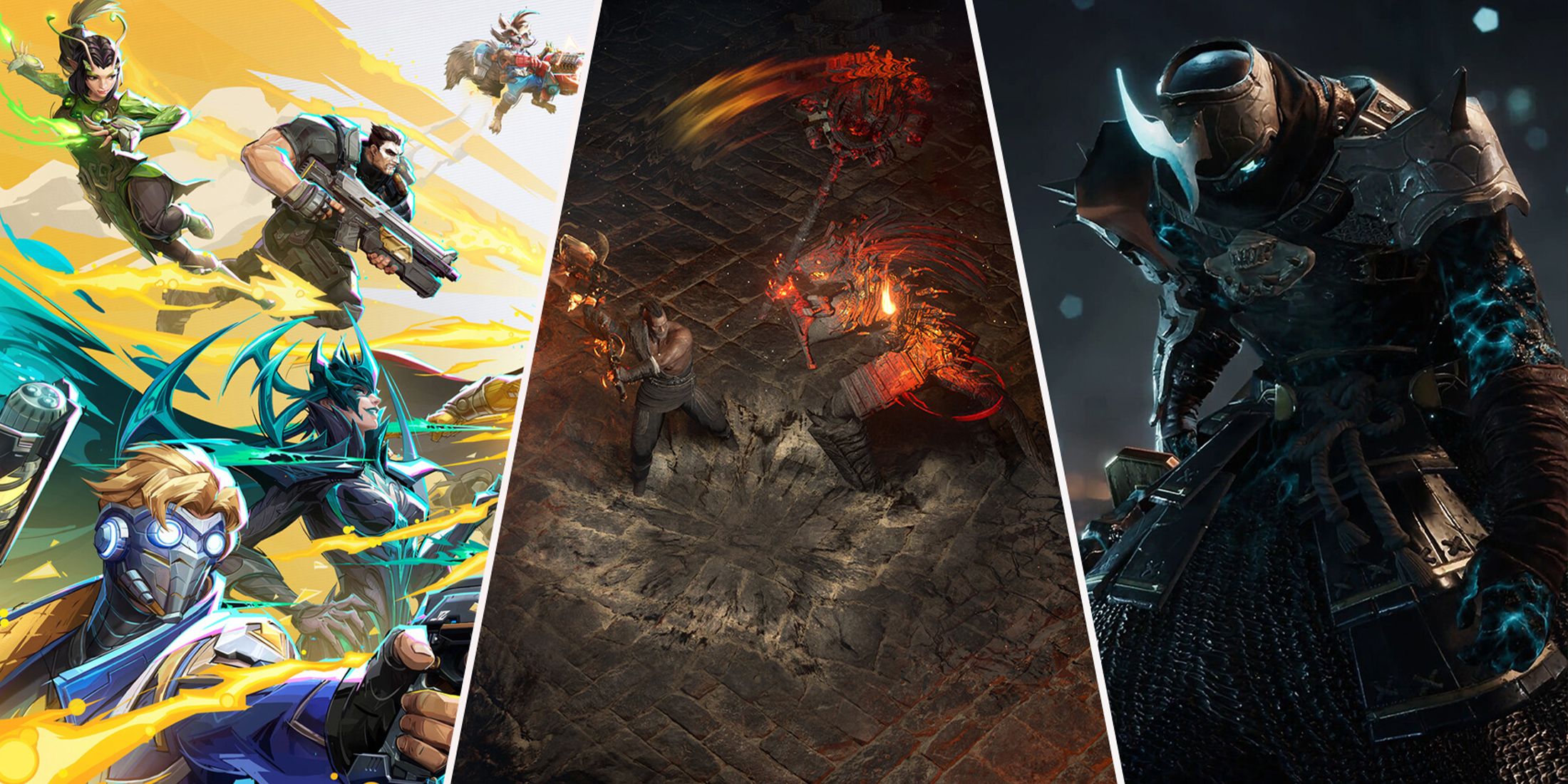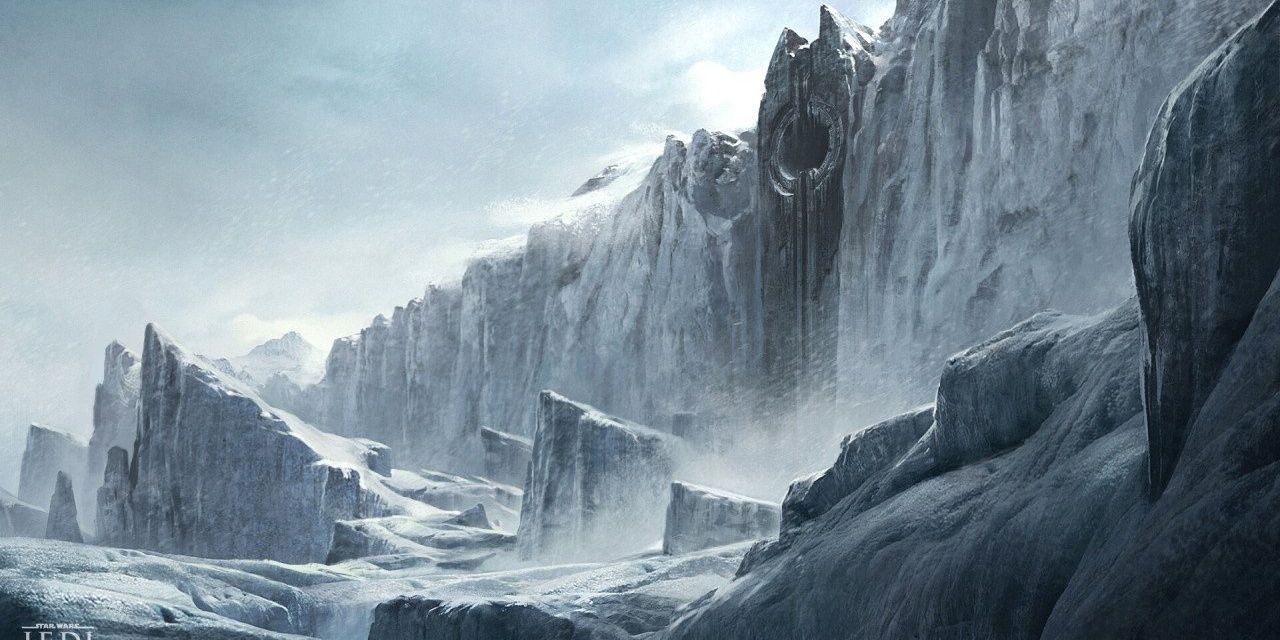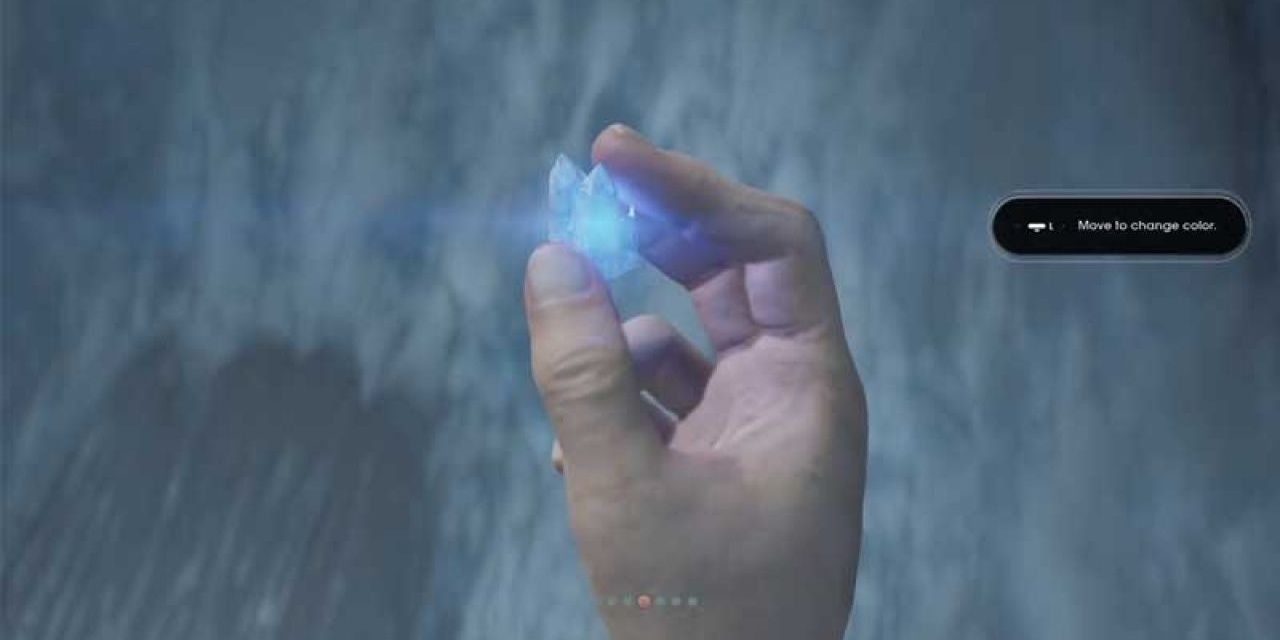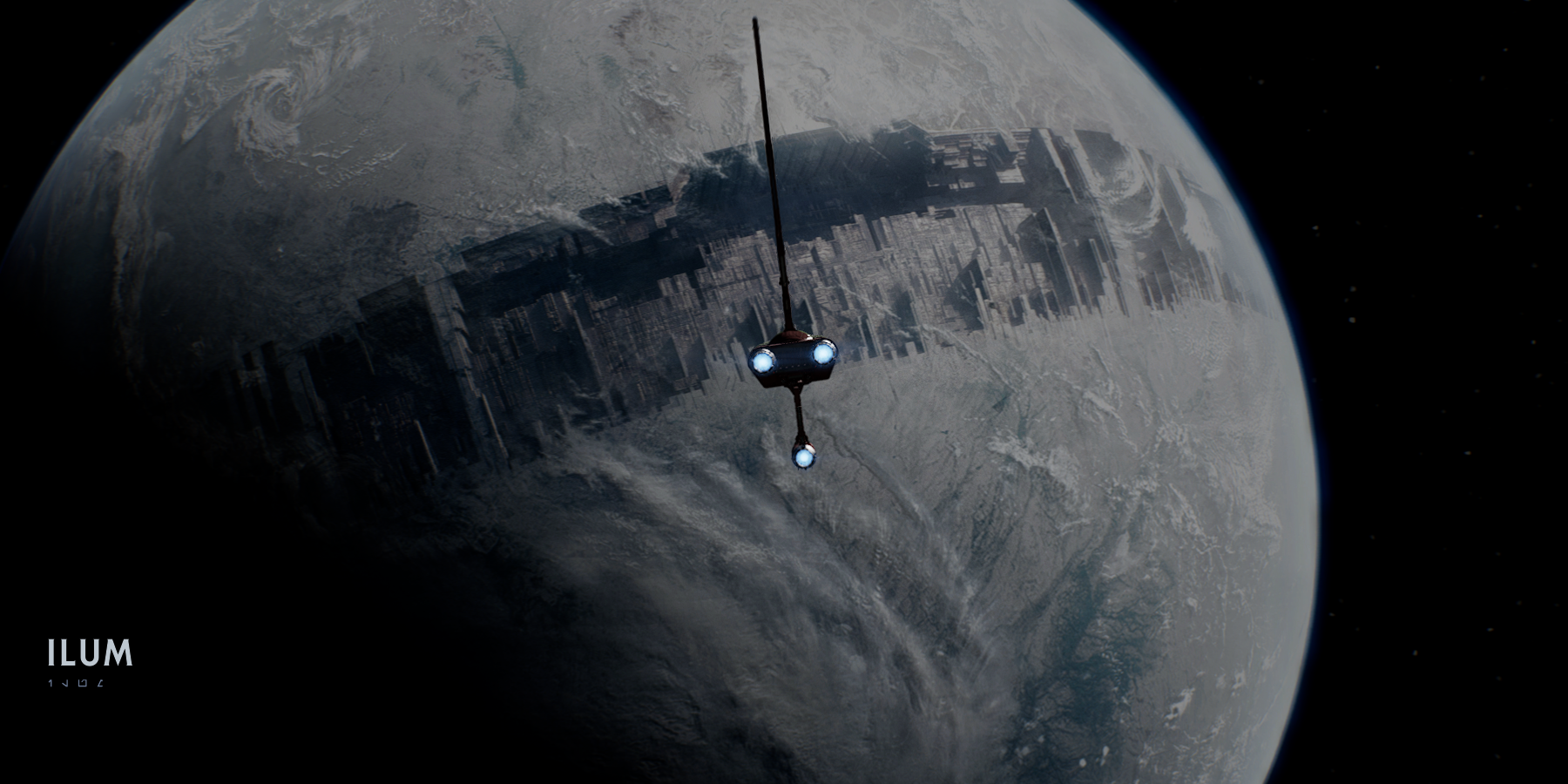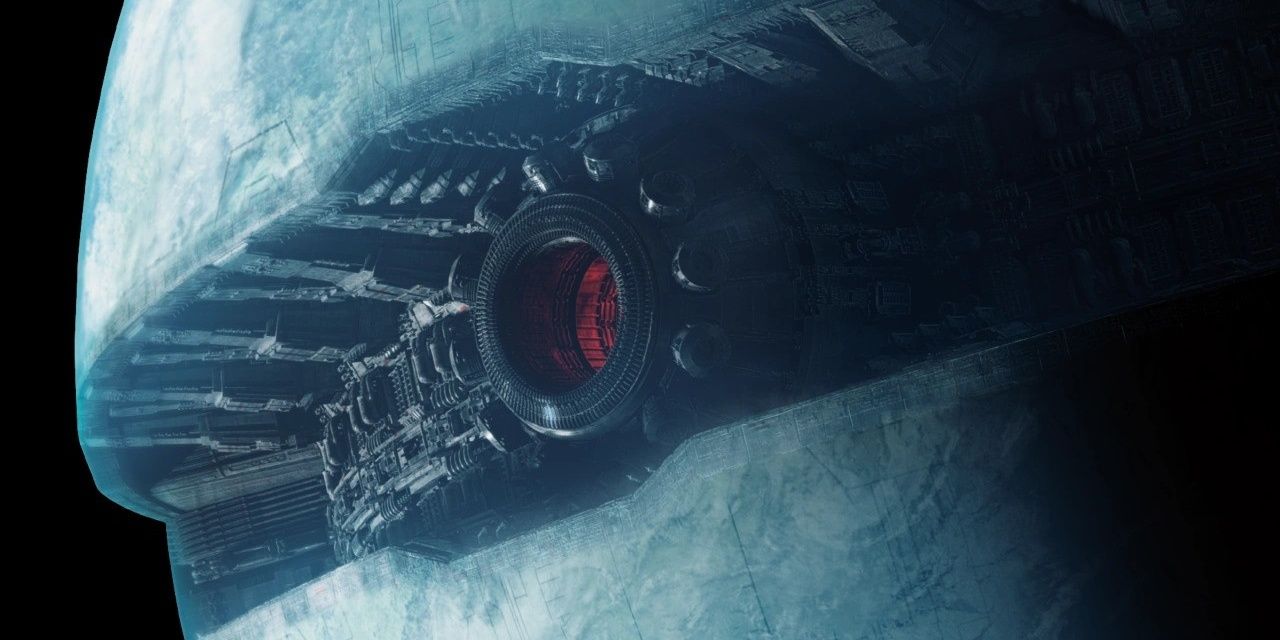Star Wars planets are often designed as interesting battlefields first and real locations second. Tatooine's Mos Eisley Cantina delivered one of the most textured and compelling sets in sci-fi history, but Hoth mostly felt like an excuse to fight in the snow. One of the franchise's most critical planets went unmentioned in most of the nine films, but Ilum's entrance into most Star Wars' fans' consciousness came with a bang.
A Jedi's life is rarely easy. Their first memories tend to involve being taken from their parents by men in cloaks. They spend years training to master their superpowers and lethal weapons. Their final test requires finding their true self buried deep within while they're barely teenagers. They hardly get to enjoy their trip to Ilum, even though it involves a critical, personality-defining moment.

Star Wars: The Inquisitorius Program, Explained
Star Wars has plenty of dark groups lurking in the galaxy, but the Inquisitorius Program might be one of the darkest.
What was Ilum known for?
Ilum's core consists of rare, natural, force-attuned kyber crystals. Only planets with a high concentration of Force energy could house kyber crystals. Ilum was the go-to site of the Jedi's all-important ritual called the Gathering. At the Gathering, young Jedi must face their fears and defeat their insecurities in Ilum's crystal caves. New Jedi must find a unique living crystal that resonates with their Force signature, like discovering a perfect harmony with one's voice. Every year, by Ilum's solar cycle, six to eight younglings travel to Ilum under the guidance of a more experienced practitioner. They select their kyber crystal and turn it over to the robot Huyang to learn to build the lightsaber they'll carry with them for the rest of their lives. This tradition is as old as the Jedi Order. Sith warriors use kyber crystals to build their lightsabers as well. Rather than finding crystals that harmonize with their power, they use their mastery of the Force to dominate their kyber crystals. This wounds the living stone, causing the distinctive red color of Sith lightsabers. The Sith were also said to use massive kyber crystals to power ancient superweapons that could destroy planets.
How did the Empire use Ilum?
After Darth Sidious executed Order 66, Ilum's most common visitors were scattered or dead. Jedi Master Yoda and Padawan Ahsoka Tano led one of the last Gathering ceremonies in 20 BBY. Clone troopers attacked Ilum to clear out Jedi stragglers hiding in the crystal cave, laying claim to the planet around 18 BBY. The Empire swiftly set to work strip-mining the planet's most valuable resource. Ilum was previously untouched by industry. The Jedi Order used it sparingly, carefully taking only what was needed to arm their younglings and always acting in harmony with the ecosystem. The Empire seized most of Ilum's kyber crystal core, repurposing it as Sidious's evil ancestors had. Millions of kyber crystals became the focusing arrays for the Death Star's planet-busting lasers. Beyond building the most nightmarish weapon in galactic history, the Empire continued abusing Ilum. They carved out a trench along the planet's equator. It was a permanent black line across the otherwise pristine frozen surface, a visible reminder of the Empire's treatment of anything beautiful.
How did the First Order use Ilum?
The Empire's cruel strip-mining campaign ruined much of Ilum, but some of its natural beauty remained. When Cal Kestis visited the planet to create a new lightsaber, he had to overcome immense Imperial threats to use the core for its ancient purpose. The First Order somehow outdid its predecessors. The new space fascists on the march took over the Imperial mining trench and fitted it with advanced technology. They wielded the kyber crystal core directly to power a weapon that would outdo both Death Stars. First Order General Armitage Hux described the Starkiller Base like this:
This fierce machine which you have built, upon which we stand, will bring an end to the Senate! To their cherished fleet! All remaining systems will bow to the First Order! And will remember this… as the last day of the Republic!
Their Starkiller Base annihilated the Hosnian system with its first blast, consuming the New Republic and ongoing Resistance. The Starkiller Base drained suns to power its attacks. As is tradition in Star Wars, the heroes destroyed the villains' superweapons. The Resistance launched an attack, setting off a chain of explosions that consumed Ilum. The lovely planet became a miniature star, dubbed Solo for the beloved Rebel smuggler.
Ilum is an unsung victim of the great wars for the galaxy's fate. The Jedi's most sacred home provided their most valuable resource for thousands of years, granting each new generation a path forward. The Empire ruined everything it once represented with its nightmarish mining policies, and the First Order pushed it further into darkness. It's a shame to say that Ilum was better off as a star than being used by the fascists. Solo can stand as a glowing reminder of what Ilum once stood for, even if the Jedi Order remains a memory.
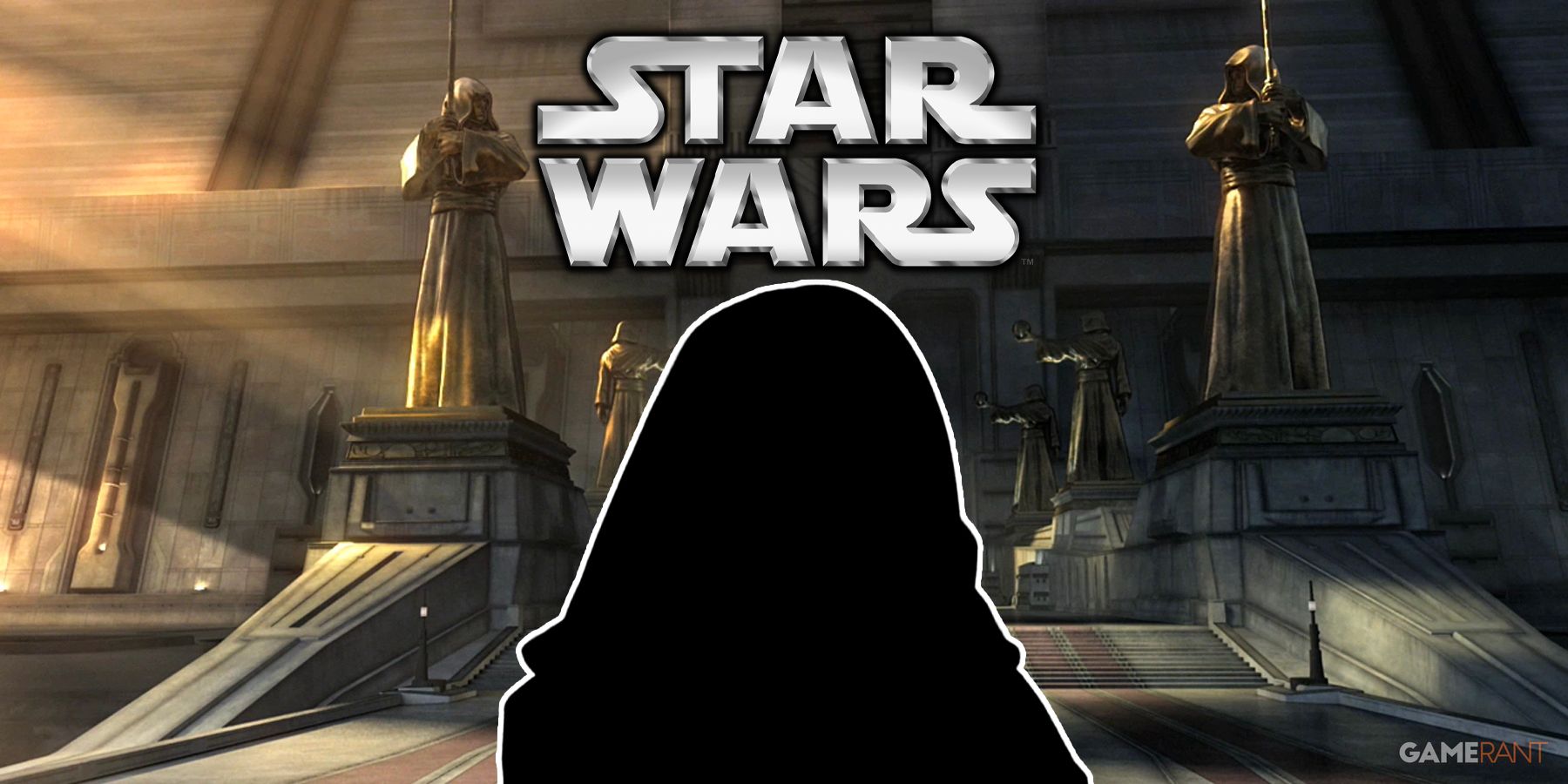
Star Wars Fans Wish One Character Hadn't Become A Villain
One Star Wars fan is conflicted about this dutiful Padawan and a close pal of Ashoka Tano who falls to the dark side in the Clone Wars show.

